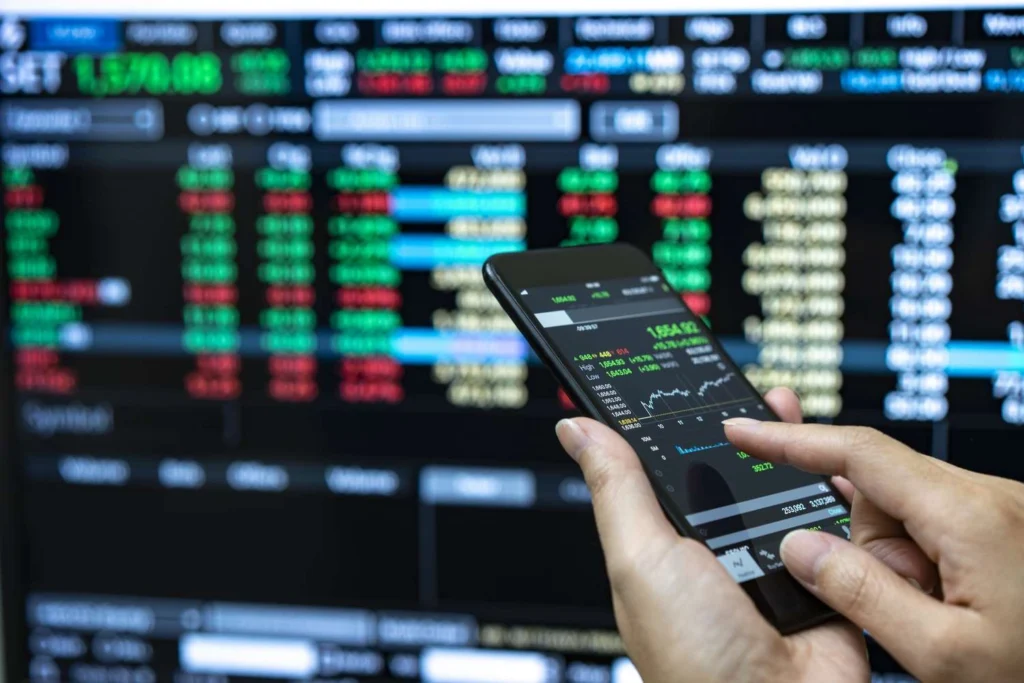Leverage Trading: Top 5 Things You Need to Know
So you’ve heard of leverage trading—that high-reward, high-risk strategy floating around every crypto or forex forum? It’s tempting, no doubt. But before you dive in, let’s walk through the five most important things you need to know. Each point could make or break your trading experience. Let’s count them down.

1. Leverage Isn’t Magic Money—It’s Borrowed
Leverage trading lets you control a larger position than your actual capital would allow, but that power comes from borrowed funds. Whether you’re in forex, crypto, or stocks, it works the same way: you put up a portion of the trade value (called margin), and the broker lends you the rest. Say you have $1,000 and use 10x leverage—you’re now controlling $10,000 worth of assets. Sounds cool, right? But remember, that “extra” money isn’t free, and the risk is all yours.

2. Profits Can Multiply—But So Can Losses
Leverage magnifies everything, not just the good stuff. If you’re on the right side of the trade, your returns can grow fast—really fast. A 10% move in your favor on a 10x leveraged position means doubling your money. But here’s the catch: if the market moves 10% against you? Yep, you’re wiped out. Your $1,000 turns to zero. No second chances. So while profits get big, losses can be brutal.

3. Margin Calls Are Real—and Ruthless
A margin call can close your position before you even realize it. Let’s say your account drops below a certain threshold—boom, the broker might liquidate your position automatically. It’s not personal, it’s just math. This usually happens fast, especially in volatile markets like crypto. One minute you’re watching a dip, the next your trade’s gone. Managing risk isn’t optional—it’s survival.
4. Not Everyone Should Use Leverage Trading
Leverage trading is not beginner-friendly, no matter what influencers tell you. You need to know how to read the market, set stop losses, control emotions, and stick to a plan. If you’re just starting out and still figuring out candlestick patterns or how moving averages work, adding leverage is like learning to drive in a race car. There’s no shame in staying in the slow lane until you’re ready.

5. Leverage Can Be a Smart Tool—In the Right Hands
Leverage isn’t inherently bad—it just requires respect. Used correctly, it can help diversify trades, boost efficiency, and maximize capital. Many experienced traders use leverage strategically, keeping risk minimal with tight stops and strong discipline. If you have a strategy, a cool head, and a solid grip on your trading platform, leverage can be a real asset. But without those? It’s more likely to burn you than build you.

Final Thoughts: Is Leverage Trading Worth It?
Leverage trading can offer serious upside, but it’s not for the faint of heart. It’s a powerful tool, not a cheat code. The difference lies in how you use it. So before you pull that trigger, ask yourself: Do I understand the risks? Do I have a strategy? Am I trading based on logic—not emotion?
If the answer’s yes, then sure, give it a shot—carefully. If not? You’re better off learning the ropes before turning up the volume.
Relevant news: here



